
Japan’s Innovations in the Sporting World
Japan’s Top Golf Clubhead Manufacturer: Endō Manufacturing
Sports Economy Technology- English
- 日本語
- 简体字
- 繁體字
- Français
- Español
- العربية
- Русский
Tsubame Technical Prowess Leads the World
Tsubame-Sanjō is a region in Niigata Prefecture consisting of two neighboring cities, Tsubame and Sanjō, that are world-renowned for their superior metal-processing techniques. The region’s metalworking industry started in the Edo period (1603–1868) with the production of wakugi, or Japanese-style nails, and more recently it has become a major force in the world of sports. With its highly developed technical expertise, the region is home to one of the world’s leading golf clubhead manufacturers, Endō Manufacturing.
Matsuyama Hideki is one of many pro golfers who use golf clubs fitted with Endō clubheads. His comment at the 2021 Masters Tournament that “Tsubame technology is number one in the world” received widespread press coverage in the United States.
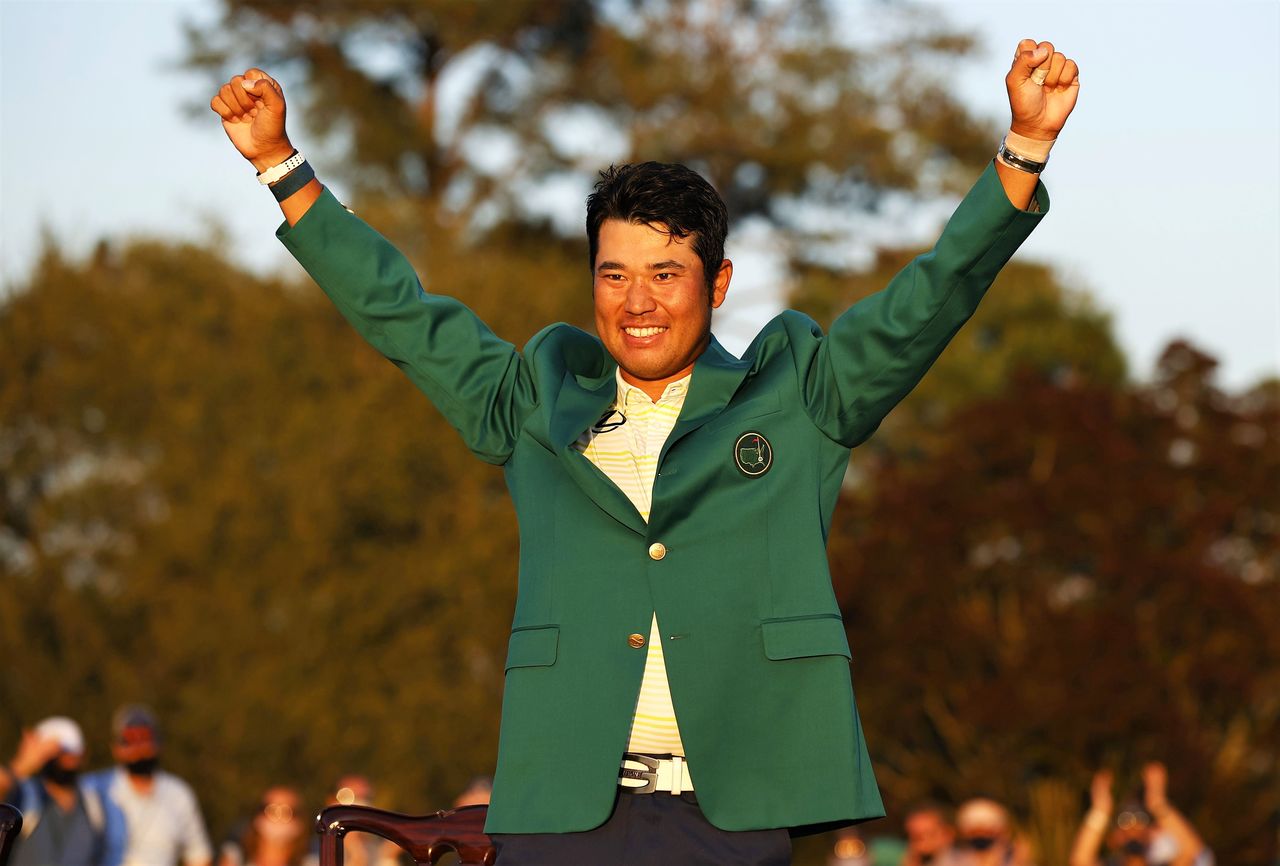
Matsuyama Hideki at the Masters Tournament, one of the world’s top four pro golf tournaments, in 2021. (© Jiji)
Nevertheless, Endō Manufacturing is not a household name. This is because most golf products are supplied by original equipment manufacturers marketing under their own brands, rather than component manufacturers like Endō.
Endō Manufacturing was founded in 1950 as a maker of sewing machine components and later expanded its business into kitchen goods. It has been making golf components since 1968, when it was commissioned by a golf club shaft manufacturer to produce iron clubheads.
“At that time,” wrote Founder Endō Eimatsu (1930–2019) in his book Tsubame yo, futatabi ōkiku habataite kure (Soar High Once Again, Tsubame), “there were no Japanese companies that had the technical know-how to manufacture golf clubs, since US manufacturers had a monopoly in the market.”
The company applied the manufacturing techniques it had used to produce kitchen products to the manufacture of clubheads, but things did not go well at first. As if failing at its attempts to develop this new technology wasn’t enough, the company was also unable to find a plant that performed the kind of polishing that clubheads require. This put a drag on the firm’s productivity, which landed it in debt.
But Endō had no intention of pulling out of the golf club business.
“While it’s true that we weren’t making a profit then,” he said, “I am a patient person, and I worked to improve our clubhead manufacturing processes. I did this because I knew that the golf industry would experience major growth in the future.”
At the time, Japan was in the midst of its period of high economic growth, which coincided with the notion that Japan needed to undergo a major transformation. Golf courses were opened throughout the country, and the number of Japanese golfers increased exponentially.
Then, in the latter half of the 1970s, an opportunity presented itself for Endō Manfacturing to make its mark in the golf business. This was a commission to manufacture OEM products, coming from one of the few Japanese companies that had entered the golf club market.
Endō Manufacturing had thereby become involved with a company that manufactured irons for a top golfer. In his book, Endō Eimatsu looked back on this time as follows:
“This pro,” he wrote, “used one of three different types of irons made outside Japan depending upon the conditions he was golfing under and his own personal condition. We had opportunities to discuss the good and bad points of each of these irons after every golf match. Staff sent from our company would mull over each and every word the pro golfer uttered during these discussions. The prototypes we so enthusiastically produced based on these discussions would routinely be dismissed by the golfer with a single word: No.”
As it was difficult to transform what the pro golfer was saying into the design of a golf clubhead, the company had no choice but to press on without having any idea when they might reach their goal. But as the golfer shared more details with the R&D staff, they gradually began to find a way to create the kind of irons he wanted, and eventually they were able to create prototypes that were to his satisfaction. This became the series that was first put on the market in 1986, becoming an immediate hit and building the company’s name in the world of golf.
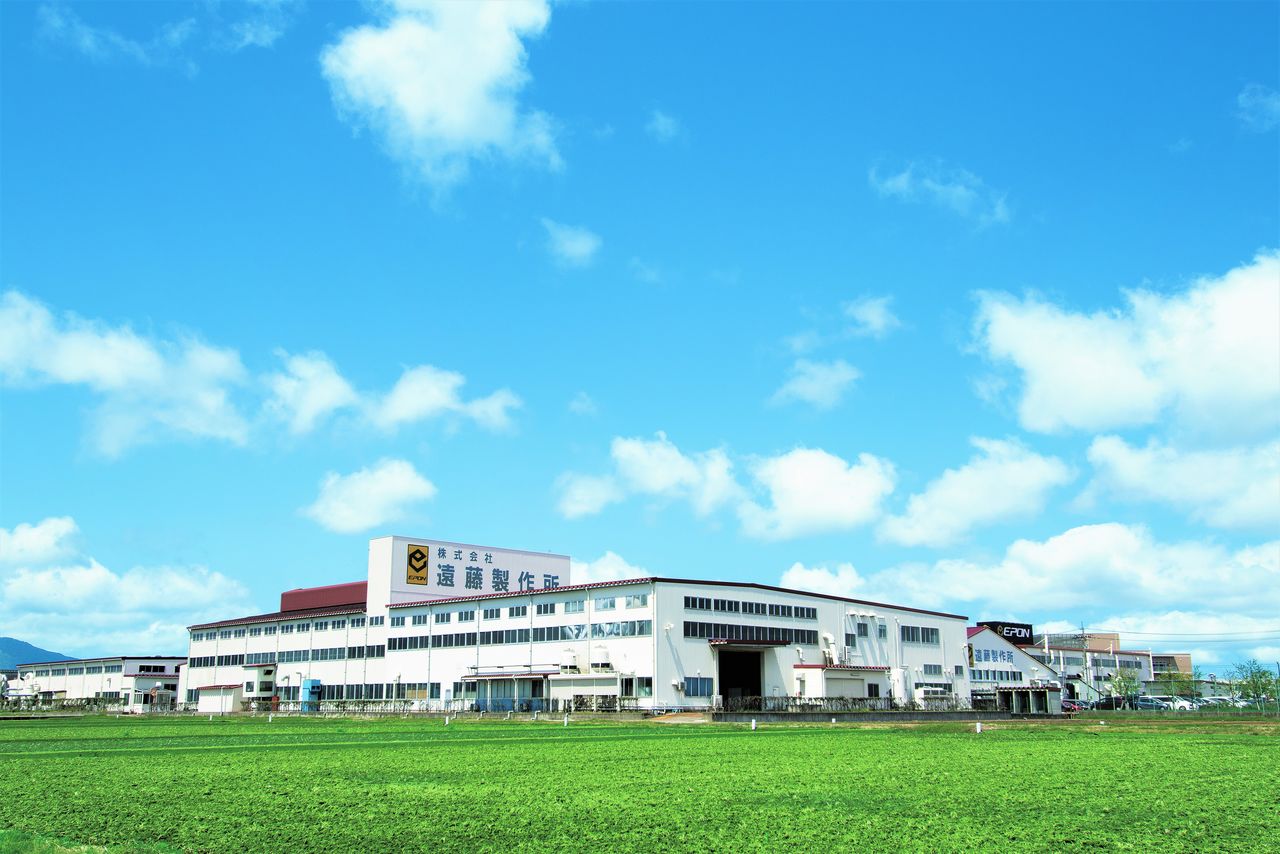
The headquarters of Endō Manufacturing is located in the city of Tsubame, Niigata, known for its metal processing industry. The company’s golf-related manufacturing takes place in Thailand. (Courtesy of Endō Manufacturing)
Trusted Forging Process
From the time Endō Manufacturing first entered the golf market it took the forging process very seriously.
As clubheads are fashioned from metal, the most important processes are casting and forging. Casting is the process of pouring heated, liquefied metal into molds. Forging is the process of shaping metal through compressive forces.
Both casting and forging can be used to manufacture clubheads, but it is forged clubheads that professional and advanced amateurs prefer. This is because shaping clubheads through compression increases the density of the metal, which in turn strengthens it.
Watabe Taishi, who became the fifth representative director and president of Endō Manufacturing in 2018, stated, “Although the distance a golf ball travels may not change, the feeling that the impact is absorbed when the ball is hit is a feature unique to a forged clubhead. Most male pro golfers use this type of clubhead.”
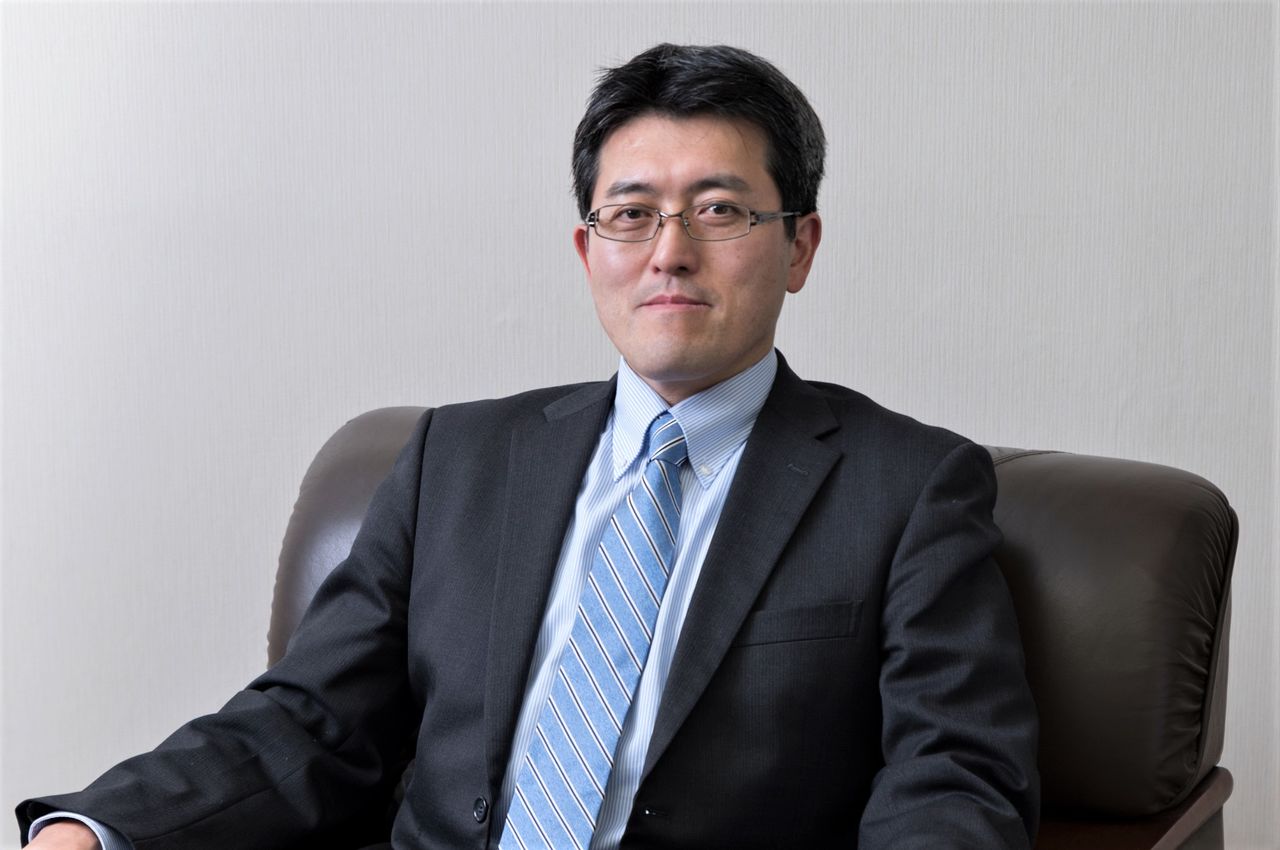
Watabe Taishi, the fifth president of Endō Manufacturing. He brought an unusual skill set to the company, as he previously worked for a brewery. (Courtesy of Endō Manufacturing)
The advantages of forged clubheads become obvious to golfers as they improve their skills. However, forging clubheads requires the use of enormous press machines, making them more expensive to produce than cast clubheads.
Regardless, Endō Manufacturing is still committed to the forging process it used to break into the clubhead business. Founder Endō Eimatsu discussed the reasons for this in his book.
“Forging brings out the best aspects of the metal,” he wrote. “We persisted in the use of this process because of our belief that it resulted in a superior feel when the ball is hit, as well as better ball control. These are aspects that cast clubheads lack.”
Oyamatsu Toshimitsu, head of the Golf Division of the company, describes the difficulty in ensuring that molds, the most important aspect in the manufacture of forged clubheads, are of high quality.
“Ensuring high-quality molds requires highly skilled craftspeople,” he stated. “I’ve heard that when we first started in the golf business, founder Endō Eimatsu found this to be the most difficult part of the process. Molds require a great deal of technical expertise. I’m proud to say that the precision of our molds, the result of enormous amounts of data and experience, are superior to those of our competitors in Taiwan and China.”
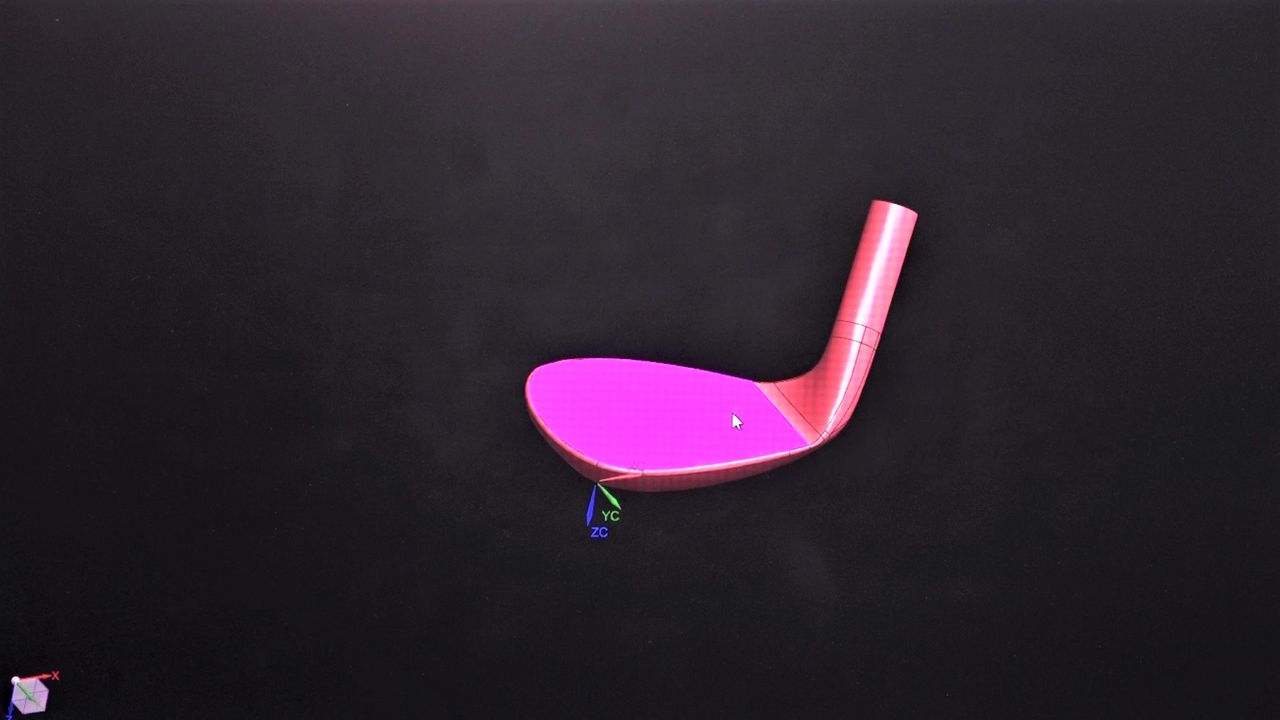
Although the basic design of its clubheads is accomplished using computer-assisted design technology, the key to Endō Manufacturing’s designs are enormous amounts of data and experience. (Courtesy of Endō Manufacturing)
Two energy crises occurred during the 1970s, when Japan was experiencing its period of high economic growth. This led to cutbacks in the golf business, which had been in an upward swing up to that point.
In spite of falling performance in this sector, Endō Manufacturing remained aggressive in its pursuit of success. In 1975 the firm acquired Kyōtan Co., Ltd. as a subsidiary. Two years later, in 1977, the company established its own brand, Epon Golf. In his book, Endō Eimatsu wrote: “Our goal was to make such a mark on the industry that everyone would come to feel that without Endō Manufacturing, golfers couldn’t get their hands on high-quality clubs.” This is a testament to the strong commitment the company had at the time to ensuring that it would not merely be one of many subcontractors in the golf business.
Watabe Taishi, Endō Manufacturing’s current president, described the significance of Epon Golf as follows:
“Our company had accumulated a great deal of know-how over the years we produced OEM products, and Epon was a way to put it to the test. The materials and manufacturing processes we developed along the way then became assets that we could propose to clients. We believe that shifting our focus to dealing directly with customers in B to C relationships, rather than with other companies in B to B ties, helped us hone our skills in proposing manufacturing processes that really worked in the game to all our clients.”
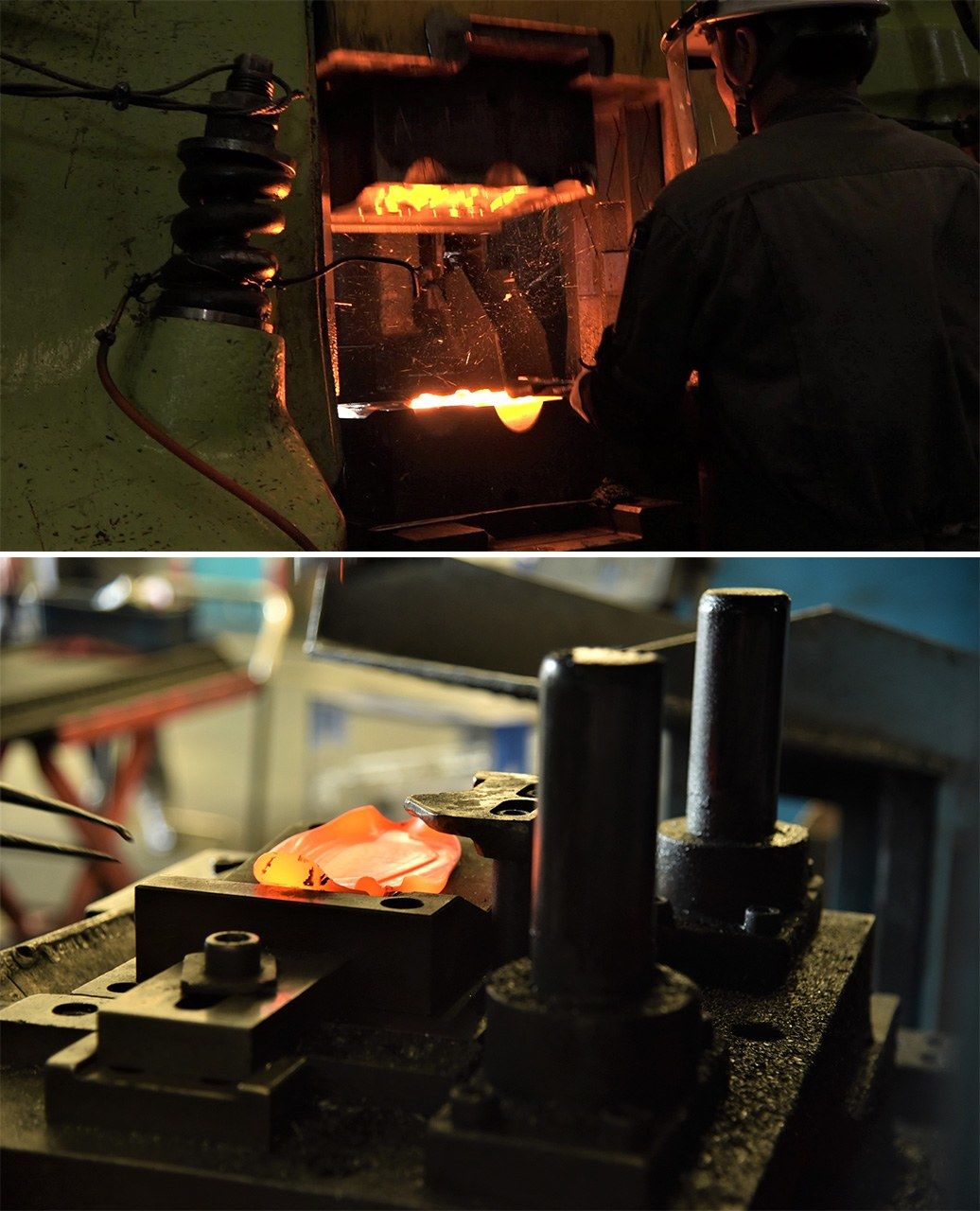
Making clubheads using a forging air hammer (top) and a forging press. Forging depends upon fashioning clubheads using a precise mold. (Courtesy of Endō Manufacturing)
Increasing the Company’s Competitiveness
In the 1990s titanium began to attract attention in the industry, and Endō Manufacturing found ways to successfully process and mass produce this difficult new material. Clubheads using forged titanium alloy and produced under contract with a few leading Japanese companies found success like no other previous product. Well-known manufacturers flocked to make deals with Endō Manufacturing for these parts.
Subsequently, the company released one popular product after another, becoming a driving force in the industry. By then there was no other forged clubhead manufacturer in Japan that could boast the size and influence of Endō. But the rapid appreciation of the value of the yen in the mid-1980s and advances made in casting technologies enabled Chinese and Taiwanese manufacturers to compete more fiercely.
In the face of these new challenges, founder Endō Eimatsu made the decision to shift the manufacturing division of the company to Thailand. In addition to allowing the company to keep production costs down, this was an attractive move for the company thanks to low levels of anti-Japanese sentiment and political stability in Thailand.
At the same time that Endō met the challenges of launching its production operation overseas, it was solving another long-standing problem: finding a way to carry out the polishing and plating steps as a coherent part of the clubhead manufacturing process. Iron clubhead polishing requires a high degree of proficiency. Before figuring out how to do it competently, the firm produced large numbers of defective and unusable clubheads. But through persistent effort, Endō’s technicians mastered the technique and became able to produce clubheads they could be proud of. Endō Manufacturing finally had the ability to perform all the intricate processes necessary to produce clubheads without having to rely upon outsourcing for any of the steps.
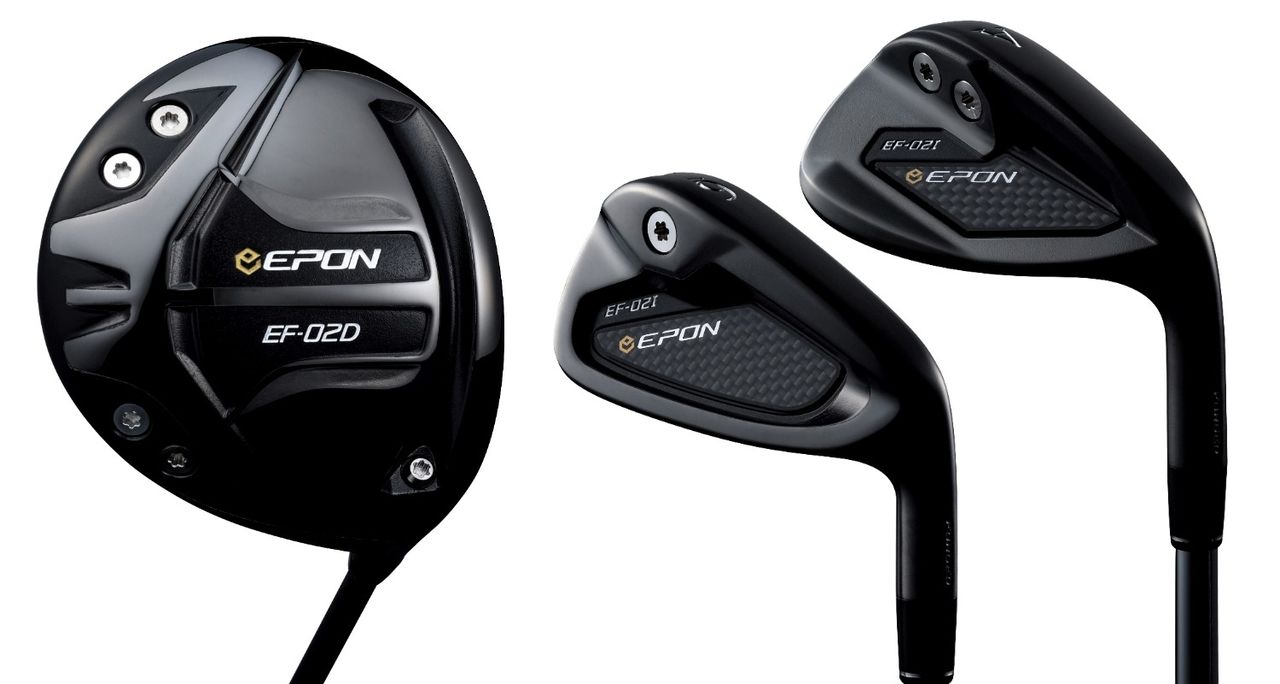
Drivers like the one at left are also manufactured and sold under the Epon brand name. (Courtesy of Endō Manufacturing)
While Endō Manufacturing’s casting technology may have improved, professional and advanced amateur golfers still prefer forged clubheads. As a result of its relentless pursuit of better and better technical skill since the time of its founding, and in spite of the fact that it is now a dominant force in the domestic golf club industry, the company is not resting on its laurels. It still maintains its traditional “Tsubame-Sanjō quality” even in its plant in Thailand.
Its business rivals remain Taiwanese and Chinese manufacturers that are under contract to produce OEM components with major US companies. Although Endō Manufacturing cannot match the sheer scale of its competitors, President Watabe remains proud of the superior quality of Endō’s products.
“I often hear from clients that the products we manufacture are of top quality, with almost no defects,” he says. “Although Taiwanese and Chinese manufacturers are making improvements in their technical skills, representatives from the contracting companies still have to visit the manufacturing sites in Taiwan or China to make sure that the quality is up to standards. They tell me that, in contrast, when they order products from our company they are confident we will do the job right without any supervision. Endō Manufacturing hopes to maintain that kind of trust as we move forward.”
(Originally published in Japanese. Banner photo: A master model, essential to the clubhead manufacturing process, being hand-filed by a skilled craftsperson. Photo courtesy of Endō Manufacturing.)